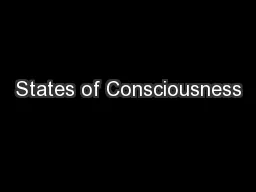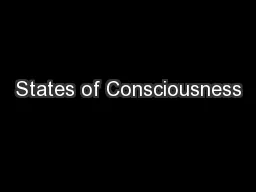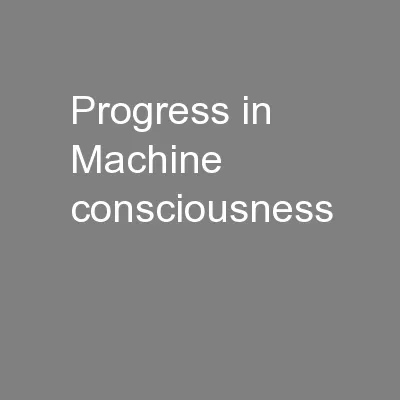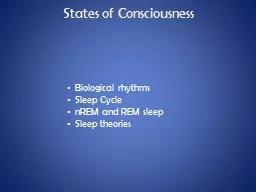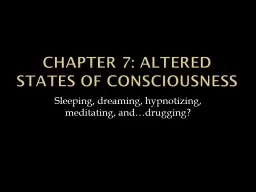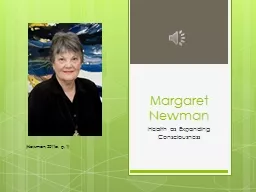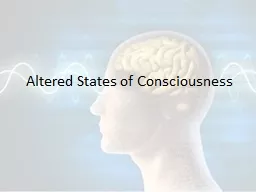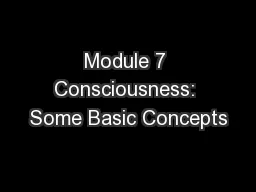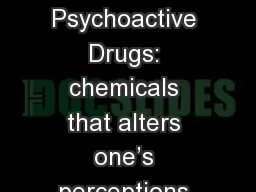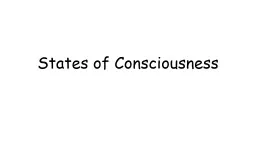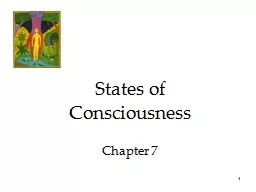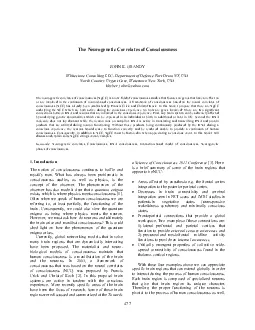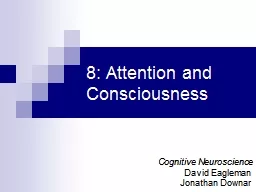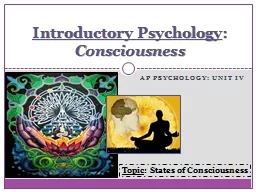PPT-States of Consciousness
Author : alexa-scheidler | Published Date : 2017-12-06
Zahbia Sarfraz Lahore School of Economics PSYCHOLOGY SSC 210 A state of awareness of The sights and sounds of the outside world Our feelings Our thoughts Our own
Presentation Embed Code
Download Presentation
Download Presentation The PPT/PDF document "States of Consciousness" is the property of its rightful owner. Permission is granted to download and print the materials on this website for personal, non-commercial use only, and to display it on your personal computer provided you do not modify the materials and that you retain all copyright notices contained in the materials. By downloading content from our website, you accept the terms of this agreement.
States of Consciousness: Transcript
Download Rules Of Document
"States of Consciousness"The content belongs to its owner. You may download and print it for personal use, without modification, and keep all copyright notices. By downloading, you agree to these terms.
Related Documents

